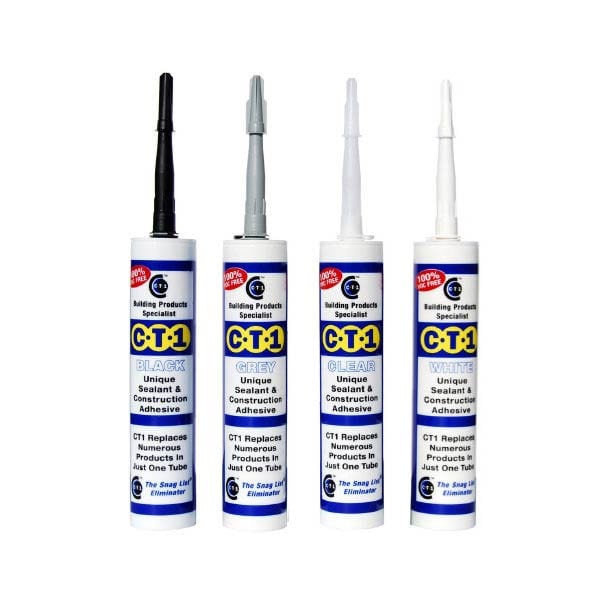For today’s blog we’re going to discuss sealants and some of the items available for purchase at Pro-Weld. Sealant is a substance used to block the passage of fluids through the surface or joints or openings in materials. It is a type of mechanical seal. Sealants can be weak or strong, flexible or rigid, permanent or temporary.
Bonding technologies were developed by people inspired by nature. Sealants were first used as mud, grass and reeds to seal dwellings from the weather such as the daub in wattle and daub and thatching. Natural sealants and adhesive-sealants included plant resins such as pine pitch and birch pitch, bitumen, wax, tar, natural gum, clay (mud) mortar, lime mortar, lead, blood and egg.
Sealants were first used during the 16th century to aid building. It has been reported that explorer and writer Sir Walter Raleigh used natural calk from the ground in Trinidad to seal up and repair his ship during long journeys to and from the Americas.
In the 17th century, glazing putty was first used to seal window glass made with linseed oil and chalk. After this, other drying oils were used to make oil-based putties or caulks.
In the 20th century, sealants began to be developed for construction. Polymers like buytl and acrylic were found to have excellent weather-proofing qualities. Sealing was developed and used for all kinds of repairs. It was particularly useful for plumbing, where cracks and joints needed regular filling. In 1964, commercial companies took up widespread use of latex polymers and by the late 60s synthetic-polymer-based sealants were the new norm.
In the 1980’s, silicone sealants were invented. They were designed to form a strong, flexible and watertight seal that does not shrink. They fast became the favoured option for interior and exterior surfaces and were rolled out to handymen and construction companies worldwide.
In recent years we’ve also seen a very necessary demand for sealant and adhesives specifically designed for aerospace engineering. Everything from fuel tanks to aircraft windshields need to be sealed securely and incredibly safely, and so high-strength silicone sealants have been developed for the safety of military, commercial and private air travel.
In the 1920s polymers such as acrylic polymers, butyl polymers and silicone polymers were first developed and used in sealants. By the 1960s synthetic-polymer-based sealants were widely available.
Here at Pro-Weld Ireland, we have a wide variety of sealants available for purchase. For example, the CT1 Sealant & Construction Adhesive is an amazing product and costs just €14.41!
It is the ultimate solution for sealing and can be used on most materials in most applications without the need for additional fixings. The CT1 sealant is environmentally compliant, UV resistant, food safe, resistant to chemicals and works in wet or dry conditions.
CT1 is available in black, clear, grey, silver and white. It will successfully bond metals (including lead), glass, mirrors, wood and polystyrene. Check out the CT1 Sealant & Construction Adhesive on our website along with the rest of our selection of sealants here

